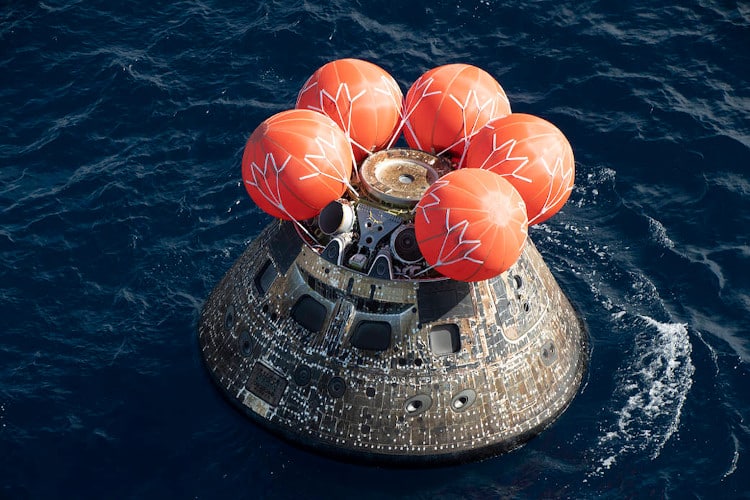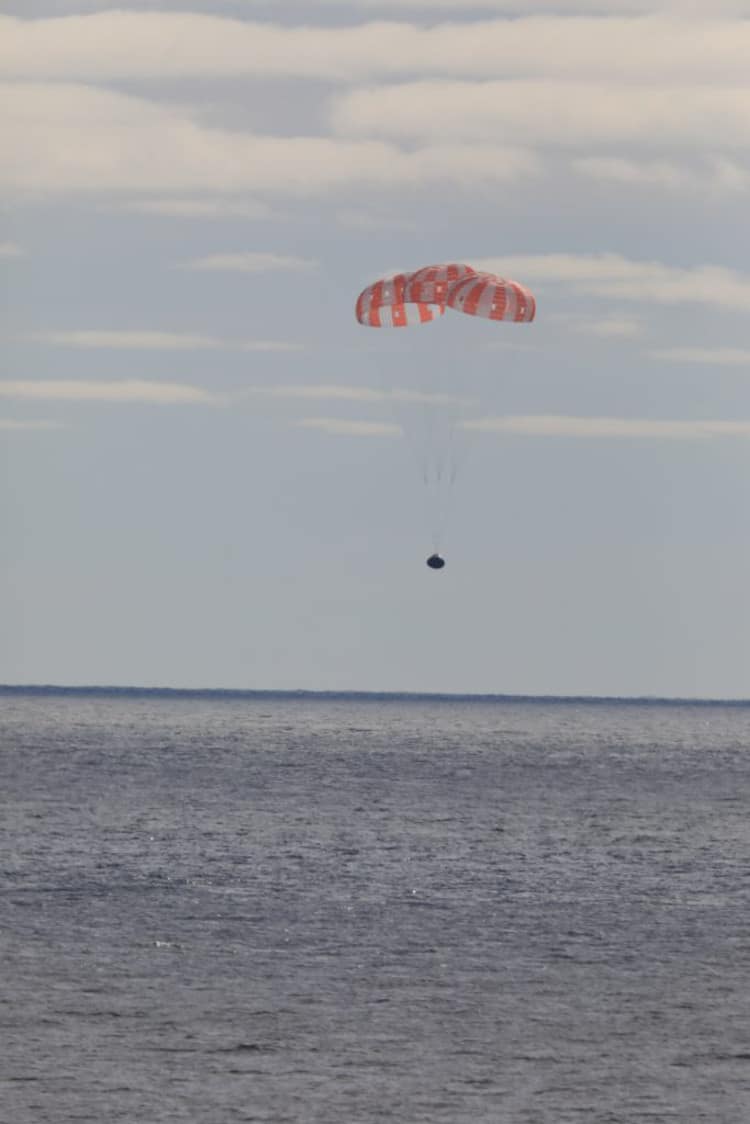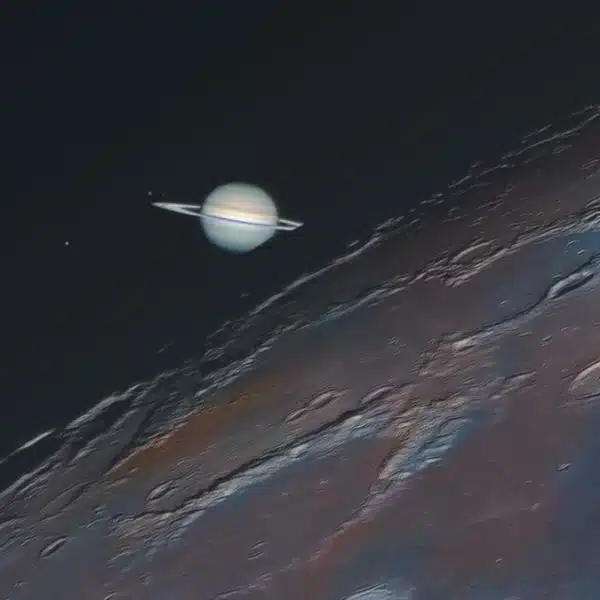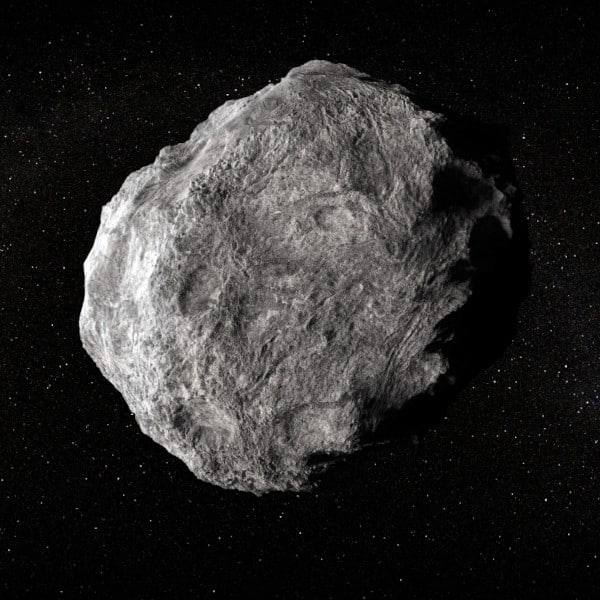
Photo: NASA/James M. Blair
NASA's Artemis I mission has come to an end, putting mankind one step closer to a historic return to the Moon—and the eventual exploration of Mars. After a successful launch back in November, this crew-less mission had a duration of 25.5 days in which the Orion spaceship ran a series of in-orbit tests to help ensure its safety. On December 11, Artemis came home after the Orion capsule safely splashed down off the coast of Baja California, Mexico.
Before its recovery by the team aboard the USS Portland, NASA engineers have to perform additional tests before pulling it out of the water and powering it down. Once it's aboard, it will be taken to the U.S. Naval Base San Diego. From there, it will be returned to NASA’s Kennedy Space Center in Florida, where it originally took off from, for post-flight analysis.
The end of Artemis I couldn't have happened on a better day, as it marked the 50th anniversary of the Apollo 17 Moon landing, the most recent time humans have set foot on our satellite. “From Tranquility Base to Taurus-Littrow to the tranquil waters of the Pacific, the latest chapter of NASA's journey to the Moon comes to a close. Orion, back on Earth,” said Rob Navias, NASA Johnson Space Center's Public Affairs Office (PAO) mission commentator.
“I'm overwhelmed. This is an extraordinary day,” said NASA Administrator Bill Nelson, during a live broadcast. “It's historic, because we are now going back into deep space with a new generation.” Although it's marked the final milestone of Artemis I, the splashdown is one of the most important and dangerous steps of any mission.

Photo: NASA/Kim Shiflett
NASA is aiming to put astronauts aboard the upcoming Artemis II mission in 2024, so it was key to make sure the astronauts could withstand the radiation from their time in space, and the dangerous re-entry—a complicated feat, given the ship travels at 32 times the speed of sound and has to endure heat up to 5,000 degrees Fahrenheit. To do so, the ship was helmed by a mannequin called Commander Moonikin Campos—named after an electrical engineer credited with helping the Apollo 13 astronauts return safely to Earth—along with two mannequin torsos called Helga and Zohar.
The return and splashdown have proved to the engineers that both the spacecraft's 16.5-foot-wide Apollo-derived Avcoat heat shield and parachutes will deploy correctly and work smoothly during the upcoming manned missions. According to mission manager Mike Sarafin, putting the heat shield to test was the top priority of Artemis I. “There is no arc jet or aerothermal facility here on Earth capable of replicating hypersonic reentry with a heat shield of this size,” he said.
As for the next steps, an announcement for the crew of Artemis II is expected in early 2023. This mission will fly astronauts around the Moon, and is slated for a May 2024 take-off. Artemis III, the mission that hopes to put humanity back on the lunar surface, will launch in 2025, and its crew will include the first woman and first person of color to walk the Moon.
NASA's Artemis I mission has come to an end. On December 11, Artemis came home after the Orion capsule safely splashed down off the coast of Baja California, Mexico.
Ver esta publicación en Instagram
One of the main goals of Artemis I was to make sure the heat shield and parachutes would deploy correctly and work smoothly during the upcoming manned missions.
Ver esta publicación en Instagram
NASA is aiming to put astronauts aboard the upcoming Artemis II mission in 2024, so it was key to make sure the astronauts could withstand the radiation from their time in space, and the dangerous re-entry.
Ver esta publicación en Instagram
NASA Artemis Mission: Website | Instagram | Facebook
h/t: [Mashable]
All images via NASA.
Related Articles:
Remastered Images Celebrate Nasa’s Iconic Apollo Missions From 50 Years Ago
NASA’s DART Mission Successfully Moved a Stadium-Sized Asteroid’s Orbit
NASA’s JunoCam Shares Stunning Rendering of Jupiter’s “Frosting-Like” Clouds
This NASA Astronaut Will Become the First Native American Woman in Space






















































































